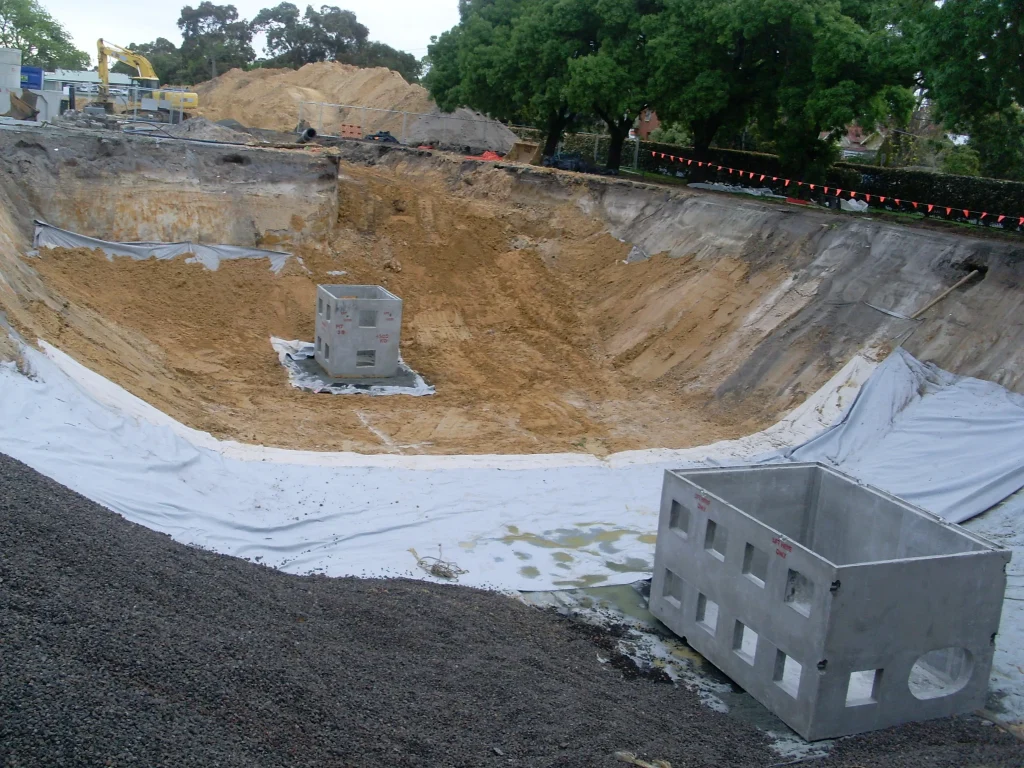The Evolution of Sustainable Construction: From Ancient Techniques to Modern Innovations
Sustainable construction materials are those that reduce building’s environmental footprint. They also offer other benefits in terms of durability as well as energy efficiency.
Reusing or recycling materials are crucial elements of green building. This includes recycling materials including paper, wood and steel. Also, it involves the use of renewable sources of energy like solar panels or geothermal systems.
Environmental Protection
The construction industry consumes large quantities of raw materials, and produces a significant amount of trash. In order to lessen the industry’s environmental impact, sustainable building methods as well as practices are being created. One way to do this is making use of recycled and renewable materials.
The most well-known sustainable construction material is the ferrock. It’s a product composed of waste materials such as steel dust as well as ground-up glass. It’s also known to help reduce carbon dioxide emissions, which is beneficial to the environment. Bamboo is a different sustainable material which can be utilized to create decorative and structural uses. It is available in most areas and is easy to deal with.
Bio-brick made of green charcoal is another green alternative. It’s composed of soil carbon, organic luffa fibre. This helps cool down the temperature in buildings, and improves air quality. They also reduce energy consumption, and noise.

Benefits
Building materials that are eco-friendly have many benefits. These materials do not just lessen carbon footprints, but they also cut costs for the operation and maintenance. These products can be used without no compromise on performance or high-end quality.
Sustainable construction can also be a way to help reduce waste for the planet by cutting down on. Eco-friendly materials can be disassembled in a matter of minutes and reused. Reduces the amount of waste that is disposed and increases the demand for natural materials.
Straw bales, bamboo and recycled timber are among the most well-known eco-friendly substances. Other products like ferrock which is made from recycled steel, as well as bio-bricks made of green charcoal, which originate from sewage sludge charcoal and ash, are getting more and more sought-after as well. They’re easily available as well as cost effective. These products are also easier to clean and don’t have toxic chemicals.
Applications
Eco-conscious building materials promote the environment by reducing the carbon footprint of buildings which use them. They are stronger lightweight and energy efficient compared to the conventional materials. These are beautiful and contribute to the transition of construction methods to sustainable development.
The sustainability of a construction material is determined by its life cycle, which includes the process of extraction fabrication, processing, usage and eventually disposal. It also includes transportation costs as well as energy usage.
Most eco-friendly building materials can be sourced locally or are manufactured locally, meaning that they need less energy to process and ship. Many are safe and, in some cases, moisture resistant. Sheep’s hair is a wonderful and highly efficient insulation material that requires minimal energy for production when compared to synthetic materials.
Another eco-friendly building material is Rammed earth. This is a mix that is made up of soil straw as well as sand. It’s a traditional construction method that has seen a resurgence within the eco-friendly building industry. The other eco-friendly building materials are recycled steel, reclaimed wood and even reclaimed metal.
Future Trends
The use of green products is a way to reduce the pollution that is generated by the construction sector. Materials are also strong and reliable gia da 1×2.
The majority of builders are looking at eco-friendly construction practices. They can reduce costs and also meet the consumer demand for eco-friendly homes.
The market for green building materials is growing fast, and it’s expected to continue to expand in the near future. The green construction market is fueled by several elements, like more environmental worries, the increasing need for efficient buildings and accessibility to sustainable financial services.
Innovative technologies allow for contractors to use sustainable building materials in their construction projects. 3D printing is one of the ways to produce sustainable materials that are free of the risks of human error. This method also uses recycled materials to decrease material waste. The other building materials that are sustainable include recycled steel and reclaimed timber. They are also more resistant to environmental factors, like floods and earthquakes.